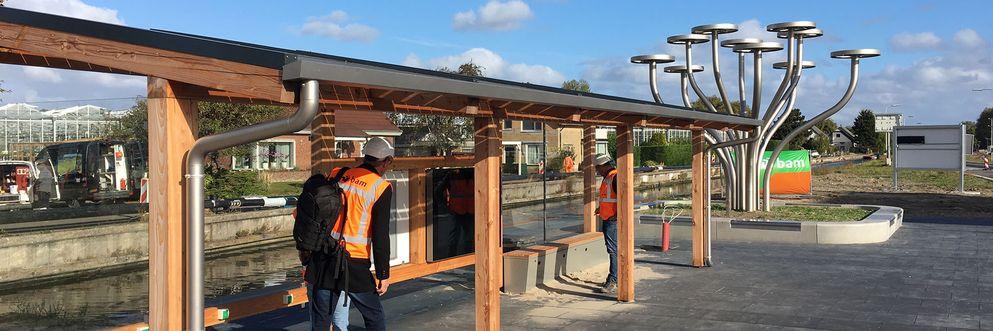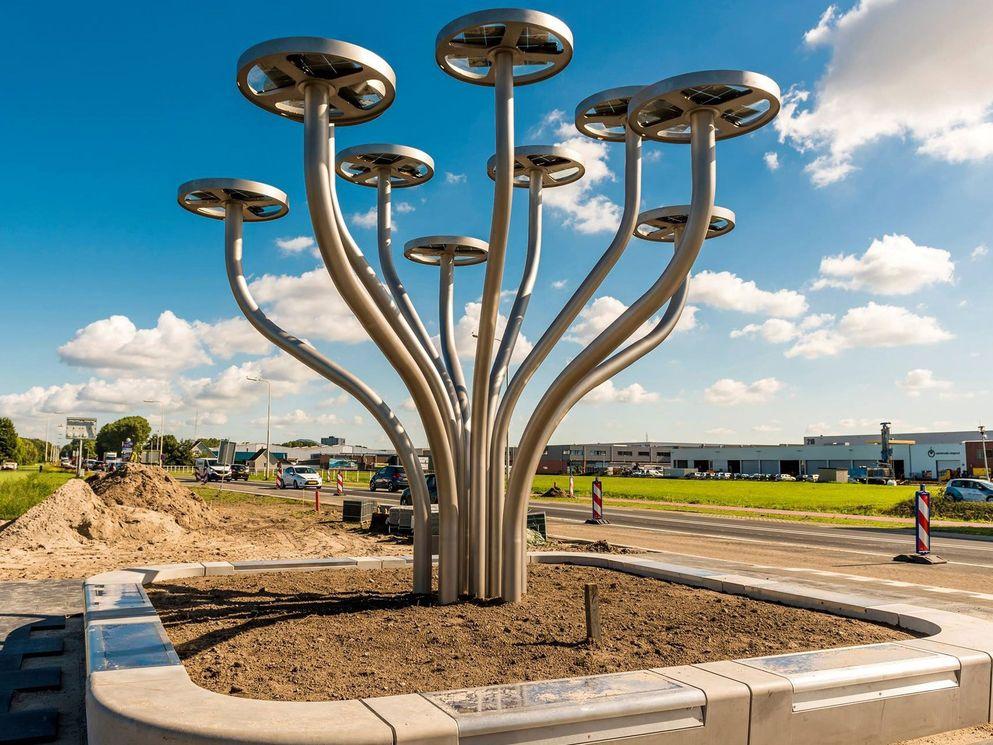
N211: the first carbon-negative road
At the end of 2018, the world’s first carbon-negative road was opened. The N211, between Westland and The Hague, is the busiest provincial road in the Netherlands.
While the work is being carried out and also for the whole of the road’s lifespan, we will be saving and compensating for 14,000 tons of carbon. And the work itself will result in just 4,000 tons of carbon emissions. So, how did we manage to achieve this?
Below is a selection from the 20 innovative and sustainable measures taken:
- A flatter and harder road surface results in less vehicle rolling resistance. This means traffic saves 2.5% on fuel on average. The asphalt itself is produced at a lower temperature (LEAB - low-energy asphalt concrete).
- Solar panels at various points provide energy, powering lighting, for instance. And, of course, the lighting is smart lighting, which dims when no traffic is passing by.
- An ingenious heating system incorporated into the cycle lane stores hot water. Businesses located alongside the road can use this, but it can also be used to heat the cycle path in freezing weather.
- The sheet pile wall next to the road is live. This can’t be felt, of course. But this means that it won’t rust, and that we were able to make it thinner, using less metal.

N211: the first carbon-negative road
